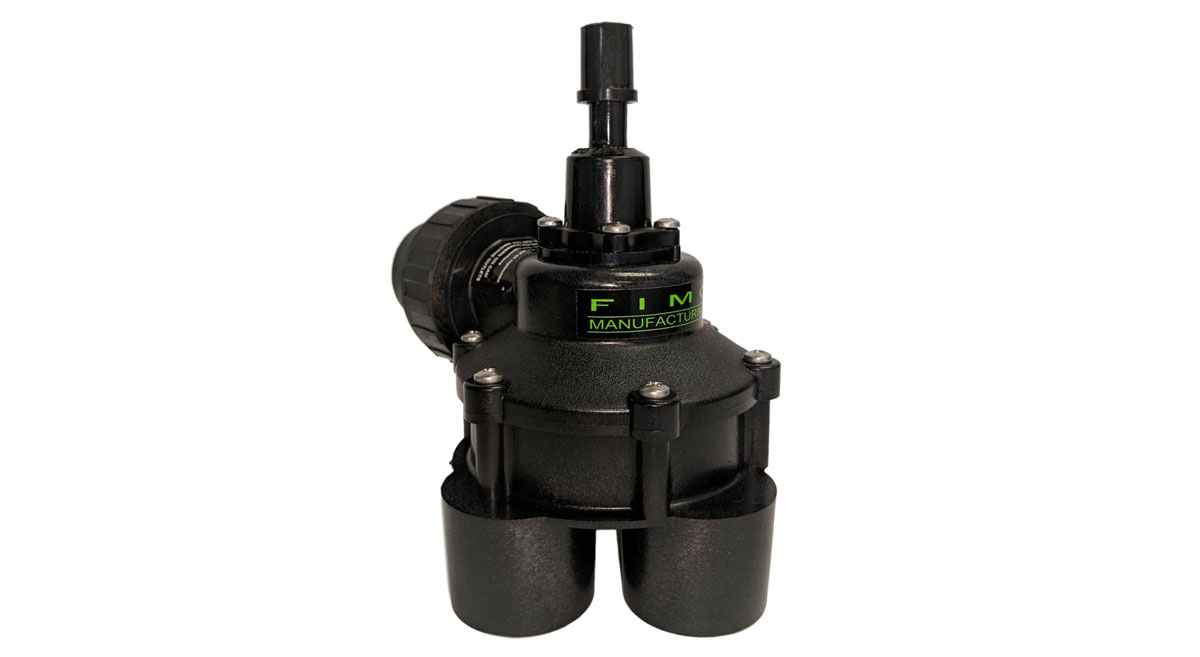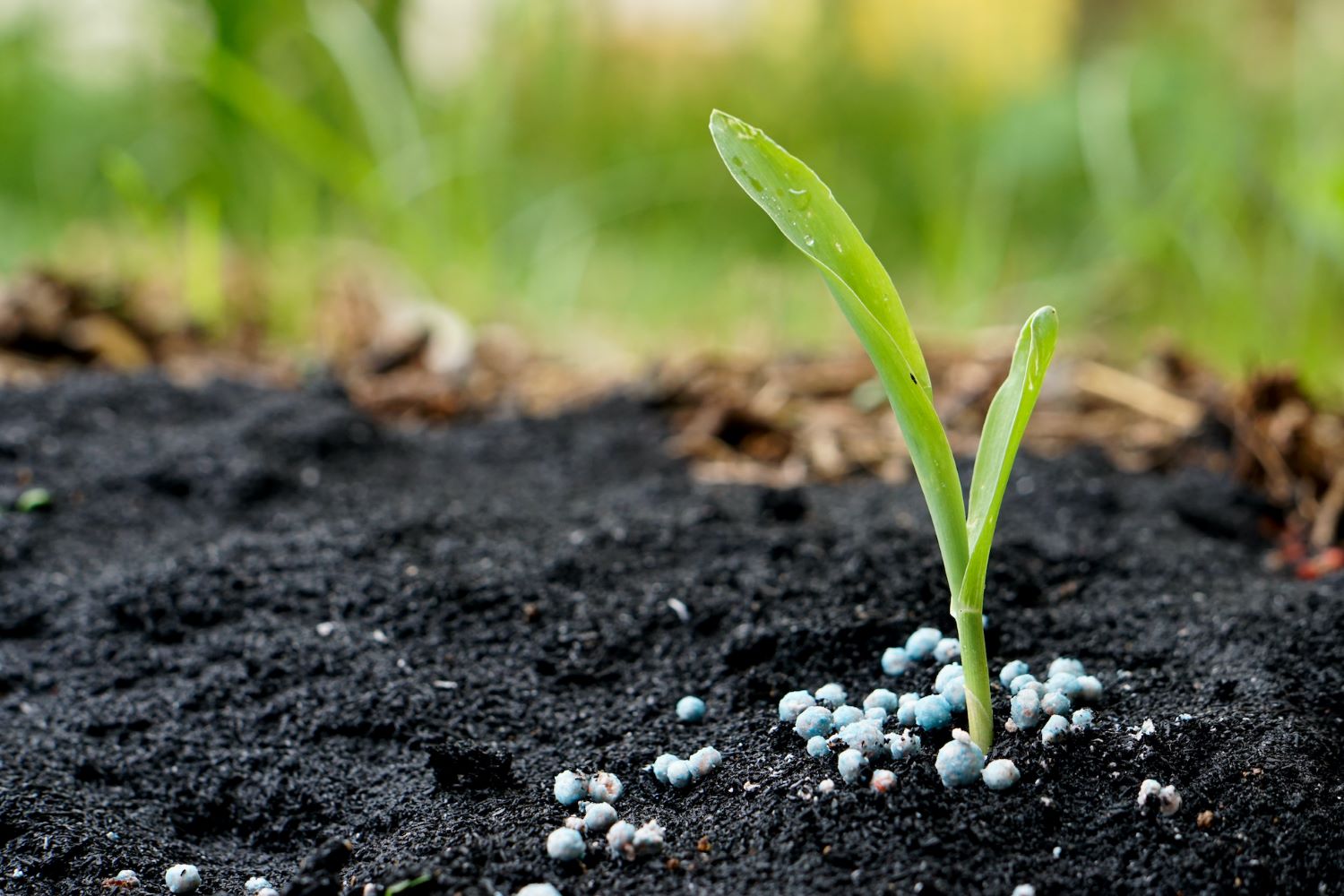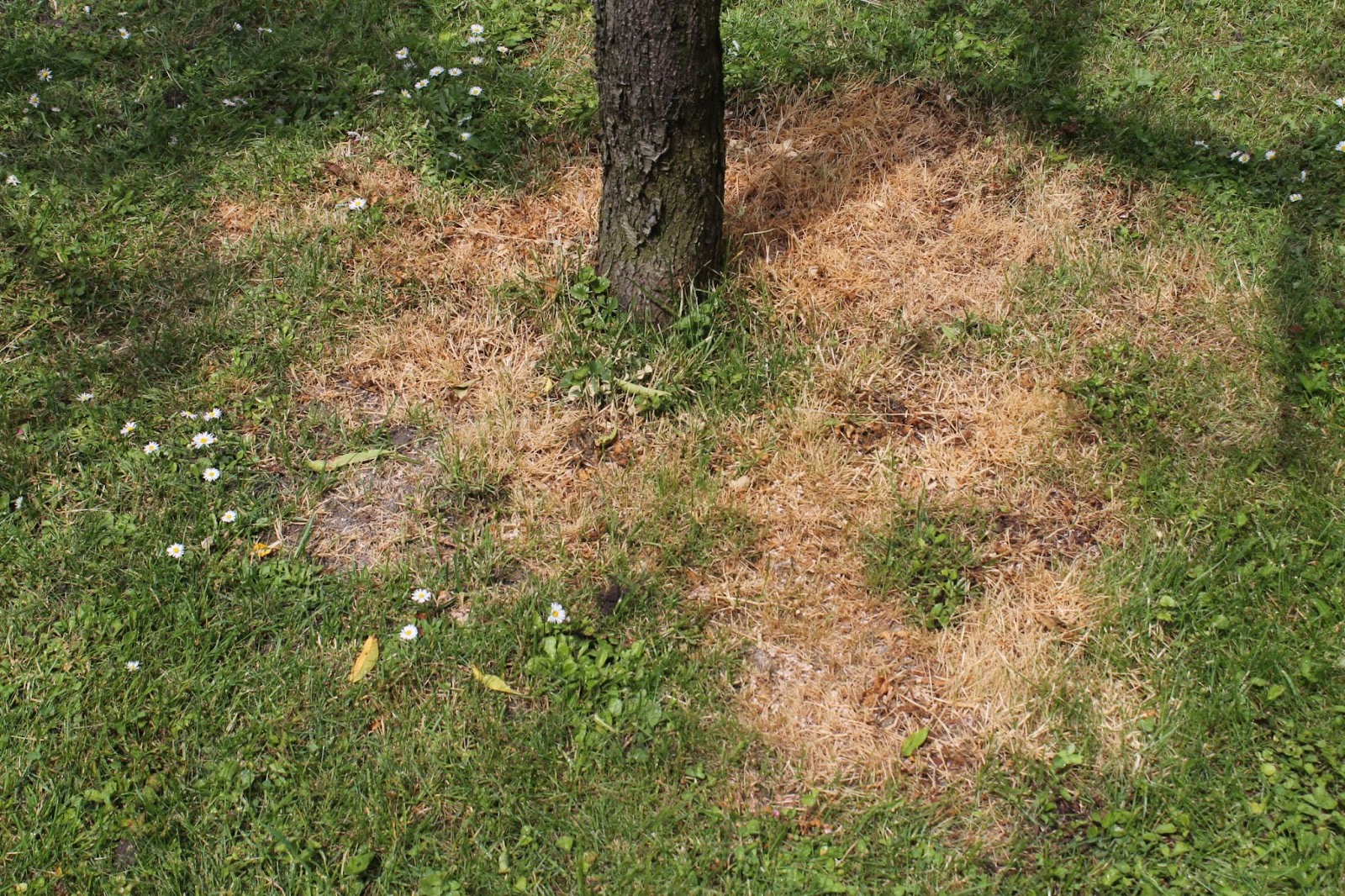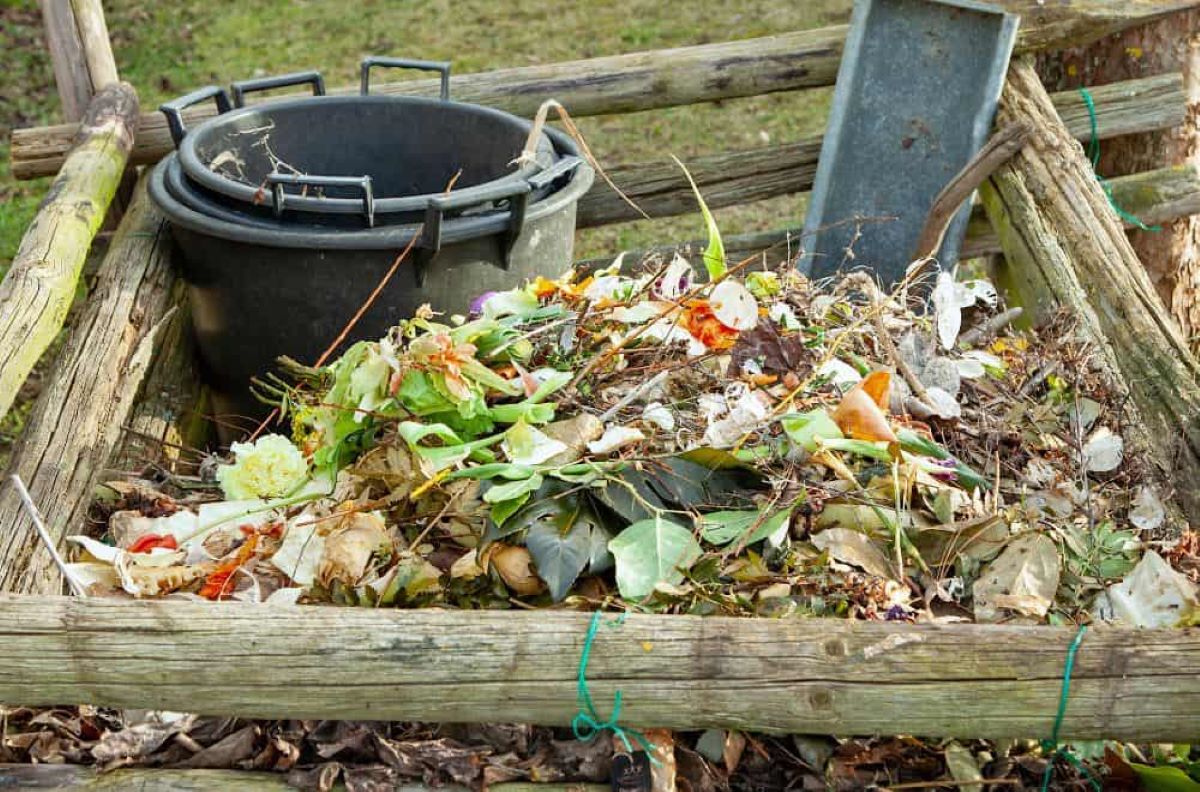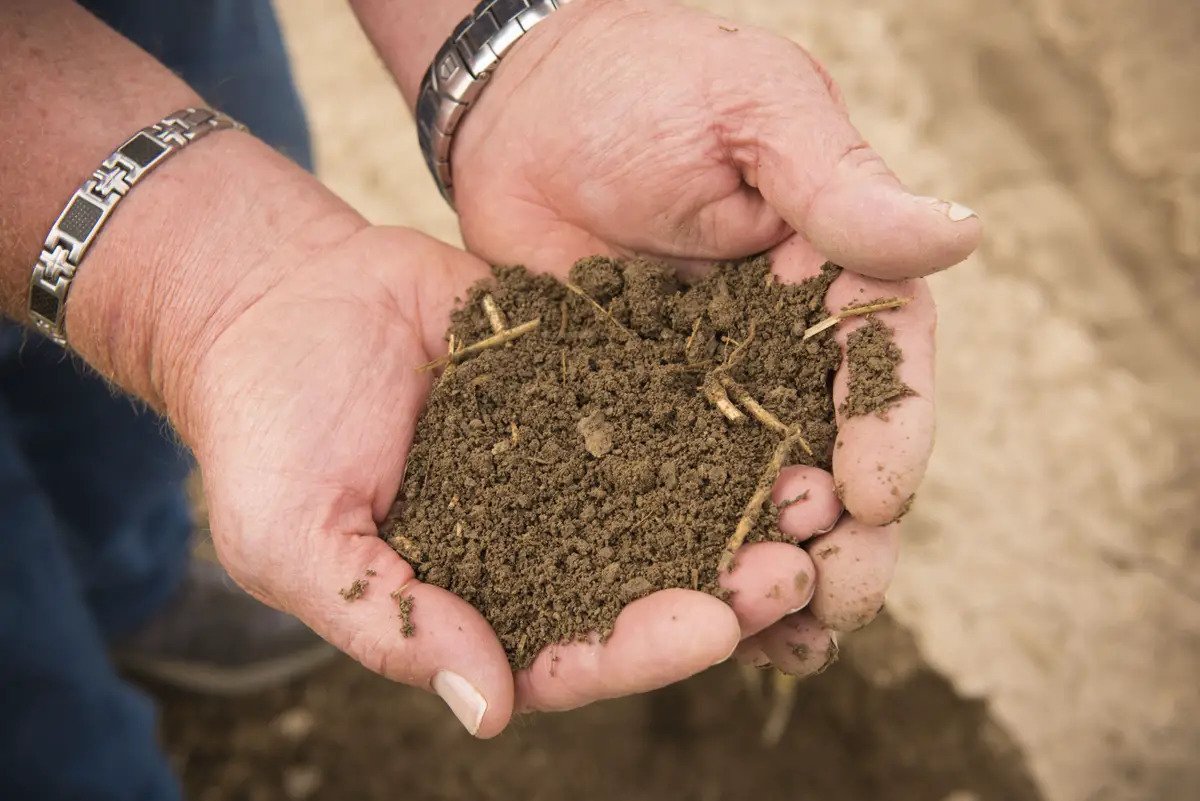Home>Gardening Tips and Tricks>Eco-Friendly Gardening>What Is A Compost Toilet And How Does It Work
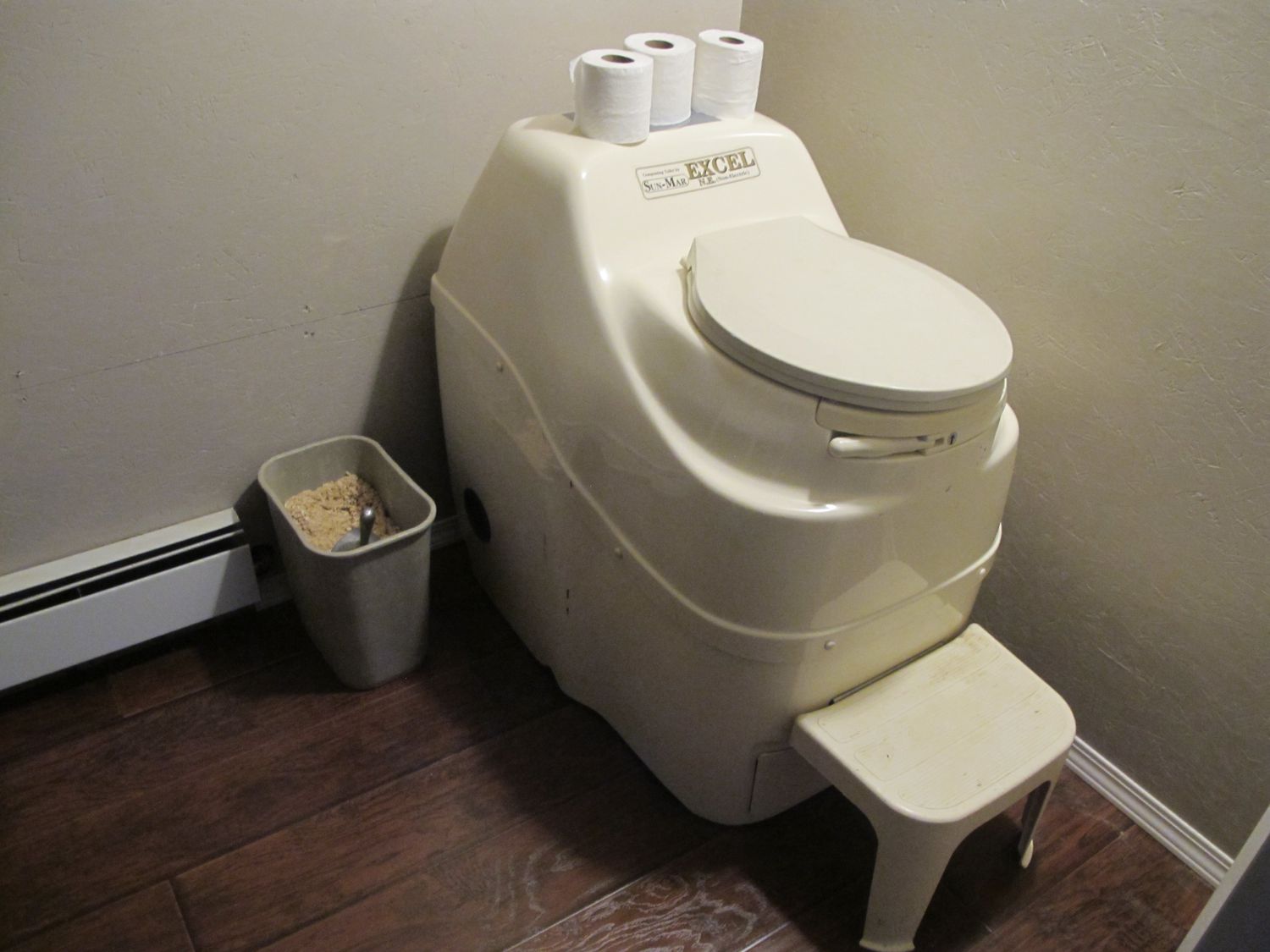

Eco-Friendly Gardening
What Is A Compost Toilet And How Does It Work
Modified: January 22, 2024
Learn about compost toilets and how they work for eco-friendly gardening. Discover the benefits of this sustainable sanitation solution for your garden.
(Many of the links in this article redirect to a specific reviewed product. Your purchase of these products through affiliate links helps to generate commission for Chicagolandgardening.com, at no extra cost. Learn more)
Table of Contents
Introduction
Welcome to the world of eco-friendly gardening, where sustainable practices and mindful choices come together to create beautiful landscapes that are in harmony with nature. One of the key aspects of eco-friendly gardening is the use of composting toilets. These innovative and environmentally conscious systems are becoming increasingly popular for their ability to reduce water usage, limit pollution, and provide nutrient-rich compost for gardens.
Compost toilets, also known as dry toilets or waterless toilets, are a sustainable alternative to traditional flush toilets. They operate on the principle of composting organic waste, transforming it into nutrient-rich compost that can be safely used for gardening. Whether you are looking to reduce your environmental impact or simply want to incorporate sustainable practices into your gardening routine, compost toilets are a fantastic option to consider.
In this comprehensive guide, we will explore the world of compost toilets, including what they are, how they work, their benefits, different types available, maintenance tips, and common misconceptions. By understanding the ins and outs of compost toilets, you will be equipped with the knowledge to make informed decisions about incorporating them into your eco-friendly gardening practices.
What is a Compost Toilet?
A compost toilet, also known as a dry toilet or waterless toilet, is an innovative and sustainable alternative to traditional flush toilets. Unlike flush toilets that use large amounts of water to flush waste away, compost toilets work by decomposing organic waste into compost through a natural biological process. This process not only helps to reduce water usage, but also turns waste into a valuable resource for your garden.
Compost toilets are designed to separate liquid and solid waste. The solid waste, known as feces, is collected in a specially designed container or chamber. To aid in the decomposition process, a mixture of organic matter such as sawdust or coconut coir is added to the solid waste. Over time, bacteria and other microorganisms break down the waste, converting it into nutrient-rich compost.
The liquid waste, known as urine, is typically diverted separately. This can be accomplished using a urine separator or by directing the urine into a separate collection system. The urine can then be diluted with water and used as a liquid fertilizer in your garden, as it is rich in nitrogen and other essential nutrients for plant growth.
Compost toilets are not only environmentally friendly, but they also have the added benefit of being odorless when properly maintained. The decomposition process ensures that bacteria break down the waste efficiently, minimizing any potential odor. Additionally, the use of cover material, such as sawdust or coconut coir, further helps to eliminate odors and control moisture levels.
It is important to note that compost toilets do not require any plumbing or connection to a sewage system, making them ideal for remote locations, off-grid living, and areas where traditional wastewater infrastructure is limited or non-existent.
Overall, compost toilets offer a sustainable and practical way to manage waste while supporting eco-friendly gardening practices. They not only minimize our impact on the environment by conserving water and reducing pollution, but they also provide valuable compost that can enrich the soil and promote healthy plant growth.
Benefits of Compost Toilets
Compost toilets offer a multitude of benefits for both the environment and individuals who choose to incorporate them into their eco-friendly gardening practices. Let’s explore some of the key advantages:
- Water Conservation: One of the most significant benefits of compost toilets is their ability to conserve water. Traditional flush toilets can use several gallons of water per flush, contributing to the depletion of water resources. In contrast, compost toilets require little to no water for operation, significantly reducing water usage.
- Reduced Pollution: Compost toilets help to minimize pollution in various ways. With no need for flushing, there is no sewage runoff and no pollution of water bodies. Additionally, the biological breakdown of waste in compost toilets prevents the release of harmful chemicals and gases into the environment that typically result from wastewater treatment processes.
- Nutrient-Rich Compost: The compost produced by compost toilets is a valuable resource for gardening. It is rich in organic matter and essential nutrients, such as nitrogen, phosphorus, and potassium. This nutrient-rich compost can be used to improve soil fertility and enhance plant growth, providing a sustainable and natural alternative to chemical fertilizers.
- Cost Savings: Over time, compost toilets can lead to significant cost savings. By reducing water consumption, households can lower their water bills. Moreover, the nutrient-rich compost produced can eliminate the need for purchasing commercial fertilizers, saving money on gardening expenses.
- Flexibility and Versatility: Compost toilets are versatile and can be installed in a variety of settings. They are particularly suitable for remote locations, recreational areas, and off-grid living situations where traditional sewage systems are not feasible. Compost toilets also offer flexibility in terms of installation, as they can be designed to suit specific space and usage requirements.
- Eco-Friendly Gardening: Compost toilets align perfectly with eco-friendly gardening practices. By using compost produced from the toilet waste, you can close the loop and create a sustainable cycle of waste reduction and recycling. This supports organic gardening methods, reduces reliance on synthetic fertilizers, and promotes healthier plants and ecosystems.
Through water conservation, pollution reduction, cost savings, flexibility, and the promotion of eco-friendly gardening, compost toilets offer a range of benefits that make them an attractive and sustainable option for individuals seeking to minimize their environmental impact.
How Does a Compost Toilet Work?
Compost toilets operate on a simple yet effective principle of decomposition and natural biological processes. Here is a step-by-step explanation of how a compost toilet works:
- Separation of Waste: When using a compost toilet, the first step is to separate urine from solid waste. This is typically done using a urine separator or by directing urine into a separate collection system. Separating the urine helps prevent moisture build-up and allows for better control of the composting process.
- Adding Cover Material: To assist in the decomposition process and control moisture levels, a cover material is added to the solid waste. Common materials include sawdust, coconut coir, or peat moss. The cover material helps prevent odors, absorbs excess moisture, and provides a carbon-rich environment for the microorganisms involved in decomposition.
- Aiding Decomposition: Inside the compost toilet container or chamber, bacteria and other microorganisms begin breaking down the solid waste. These microorganisms require oxygen to function properly, so many compost toilets are designed with ventilation systems to ensure proper airflow.
- Compost Maturation: Over time, with regular additions of waste and cover material, the solid waste in the compost toilet will decompose and transform into compost. This process can take several months, depending on factors such as temperature, moisture levels, and the frequency of use.
- Compost Removal: Once the compost has fully matured, it can be removed from the compost toilet chamber. The compost should have a crumbly texture and be free of any recognizable waste materials. It can then be used in gardens as a nutrient-rich soil amendment.
It’s important to note that proper maintenance and care are crucial for optimal compost toilet performance. Regularly adding cover material, ensuring proper ventilation, and monitoring moisture levels are essential to promote efficient decomposition and prevent any potential odors. Following manufacturer guidelines and recommendations will help ensure the compost toilet operates effectively and produces high-quality compost.
By harnessing the power of natural decomposition processes and providing an oxygen-rich environment, compost toilets allow for the sustainable transformation of human waste into nutrient-rich compost, all while minimizing water usage and reducing pollution.
Types of Composting Toilets
Composting toilets come in various designs and configurations to suit different needs and preferences. Here are some common types of composting toilets:
- Self-Contained/All-In-One Units: These composting toilets feature a single unit where both solid and liquid waste are collected and composted. They are typically compact and suitable for small spaces, making them a popular choice for homes, cabins, or RVs. The composting chamber, ventilation system, and separation mechanism are all integrated into one unit, simplifying installation and maintenance.
- Split Systems: Split systems have separate compartments for collecting liquid and solid waste. The solid waste compartment contains the composting chamber, while the liquid waste is diverted for separate treatment. This design allows for more effective composting and odor control by separating the waste streams.
- Batch Systems: Batch composting toilets involve using multiple composting chambers or bins. Each chamber is filled with waste and cover material for a specific period, typically around a year. Once a chamber is filled, it is set aside to allow the composting process to complete, while a new chamber is used for fresh waste. This system provides a regular supply of compost while allowing for proper maturation of the compost in each batch.
- Continuous Flow Systems: Continuous flow systems, also known as continuous composting toilets, involve a continuous flow of waste into a single composting chamber. As waste is added, partially composted material is continuously pushed towards the bottom of the chamber. This design ensures a constant supply of compost without the need for batch separation. However, it requires careful management of airflow and moisture levels to maintain optimal composting conditions.
- Vermicomposting Toilets: Vermicomposting toilets use red worms, such as Eisenia fetida, to aid in the decomposition process. The worms consume the waste, breaking it down into nutrient-rich vermicompost. These toilets often have a separate chamber or compartment where the worms reside, and the waste is directed to the vermicomposting area. This type of composting toilet offers the added benefit of worm castings, which are highly beneficial for soil health and plant growth.
When choosing a composting toilet, it’s important to consider factors such as available space, usage requirements, maintenance needs, and personal preferences. Each type of composting toilet has its own strengths and considerations, so it’s essential to research and select the one that best aligns with your specific needs and gardening goals.
Maintenance and Care for Compost Toilets
Maintaining and caring for a compost toilet is essential to ensure its optimal performance and to produce high-quality compost. Here are some key maintenance tips and care guidelines:
- Add Cover Material: To control odors and moisture, add a layer of cover material, such as sawdust, coconut coir, or peat moss, after each use. This helps maintain the right carbon-to-nitrogen ratio and promotes efficient decomposition.
- Monitor Moisture Levels: It is important to keep the moisture levels in the compost toilet within the optimal range. Too much moisture can lead to anaerobic conditions and unpleasant odors, while too little moisture can slow down the decomposition process. Aim for a moist but not soggy consistency, similar to a damp sponge.
- Ensure Proper Ventilation: Good airflow and ventilation are crucial for compost toilet operation. Make sure the ventilation system is functioning properly, allowing for the exchange of air to prevent odor buildup and promote aerobic decomposition. Regularly check vents and fans to ensure they are clean and free from obstructions.
- Regularly Turn and Mix: Periodically mixing and turning the compost in the toilet chamber helps to distribute air and moisture more evenly, accelerating the decomposition process. Use a composting tool or pitchfork to gently mix the contents of the chamber, ensuring that all waste is exposed to the decomposing bacteria.
- Empty Compost Bin: Once the compost in the chamber has fully matured, it can be safely removed for use in your garden. Follow the manufacturer’s guidelines for emptying the compost bin, and ensure that it meets the necessary safety and hygiene requirements.
- Apply Compost Correctly: When using the compost in your garden, avoid applying it directly to edible crops or root vegetables. Instead, use it as a mulch or mix it into the soil for non-edible plants. This helps minimize any potential risks associated with human waste composting.
- Regular Inspections: Regularly inspect the compost toilet for any signs of leaks, damage, or malfunction. Address any issues promptly to prevent further complications and ensure the continued functioning of the system.
- Follow Manufacturer Guidelines: Each compost toilet model may have specific maintenance requirements. It is essential to read and follow the manufacturer’s guidelines and recommendations for your particular composting toilet to ensure proper operation and longevity.
By following these maintenance and care tips, you can maintain the efficiency and functionality of your compost toilet, while producing nutrient-rich compost for your eco-friendly gardening endeavors.
Common Misconceptions about Compost Toilets
Compost toilets are still relatively new to many people, and as a result, there are several misconceptions surrounding their use and effectiveness. Let’s address some of the most common misconceptions:
- Compost toilets are smelly: One of the most prevalent misconceptions about compost toilets is that they are smelly. However, when properly maintained and cared for, compost toilets are virtually odorless. The use of cover materials, proper ventilation, and regular maintenance help control smells and create a pleasant environment.
- Compost toilets are unhygienic: There is a misconception that compost toilets are unhygienic and pose a health risk. In reality, composting toilets are designed to promote safe and effective decomposition. The high temperatures reached during the composting process, along with the action of beneficial bacteria, effectively break down pathogens and eliminate potential health risks.
- Compost from toilets is unsafe for gardening: Some people believe that compost produced from compost toilets is not safe for use in gardening. However, when properly composted and cured, the resulting compost is safe and beneficial for plants. The composting process involves high temperatures that kill pathogens, and the matured compost is safe to handle and use as a soil amendment.
- Compost toilets require a lot of maintenance: Another misconception is that compost toilets require excessive maintenance. While regular care and attention are necessary, the maintenance requirements are generally minimal and straightforward. Adding cover material, monitoring moisture levels, and occasional turning of the compost are the primary tasks involved in maintaining compost toilets.
- Compost toilets are only suitable for off-grid living: Many people associate compost toilets solely with off-grid living situations. However, compost toilets can be installed and used in a wide range of settings, including homes, cabins, RVs, and even urban areas. Their versatility and eco-friendly nature make them a viable option for anyone seeking sustainable waste management solutions.
- Compost toilets are complicated to install: Some individuals believe that installing a compost toilet is a complex and challenging process. While it may require some basic knowledge of plumbing and ventilation systems, many compost toilets are designed for straightforward installation. There are also professional installers available who can assist with the process if needed.
- Compost toilets are unsightly: Another misconception is that compost toilets are visually unappealing. However, modern compost toilets come in various designs, and many are aesthetically pleasing. They can be discreetly integrated into bathrooms or outdoor spaces, offering a clean and attractive solution for sustainable waste management.
By debunking these misconceptions, we can recognize the numerous benefits and advantages that compost toilets provide. They are a practical, sustainable, and hygienic alternative to traditional flush toilets, offering a responsible way to manage waste while supporting eco-friendly gardening practices.
Conclusion
Eco-friendly gardening goes beyond just growing plants; it encompasses making mindful choices about how we manage waste and minimize our environmental impact. Compost toilets are an excellent example of sustainable practices you can incorporate into your gardening routine.
Compost toilets offer a range of benefits, including water conservation, reduced pollution, nutrient-rich compost, cost savings, flexibility, and support for eco-friendly gardening. By opting for a compost toilet, you can significantly reduce water usage, limit pollution, and create nutrient-rich compost that nourishes your plants and helps build healthy soils.
Understanding how compost toilets work, the different types available, and how to properly maintain and care for them is crucial for their effective operation. It’s also important to address common misconceptions surrounding compost toilets, such as concerns about odor, hygiene, and safety, as these misconceptions can hinder people from embracing this eco-friendly solution.
Embracing a compost toilet not only allows you to contribute to a healthier and more sustainable environment but also provides an opportunity to take a proactive role in eco-friendly gardening. By closing the loop on waste management and utilizing nutrient-rich compost in your garden, you can create a sustainable cycle that supports vibrant and thriving plant life.
So, if you are ready to make a positive impact on the environment, conserve water, and create rich compost for your garden, consider incorporating a compost toilet into your eco-friendly gardening practices. With proper maintenance and care, your compost toilet will become an efficient and sustainable solution, helping you cultivate a greener and more environmentally conscious garden.
